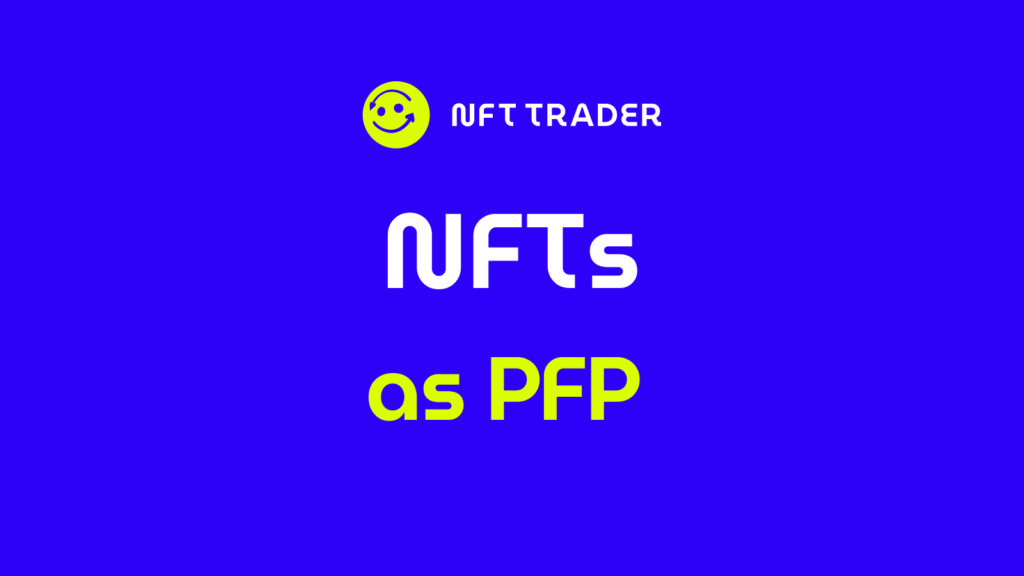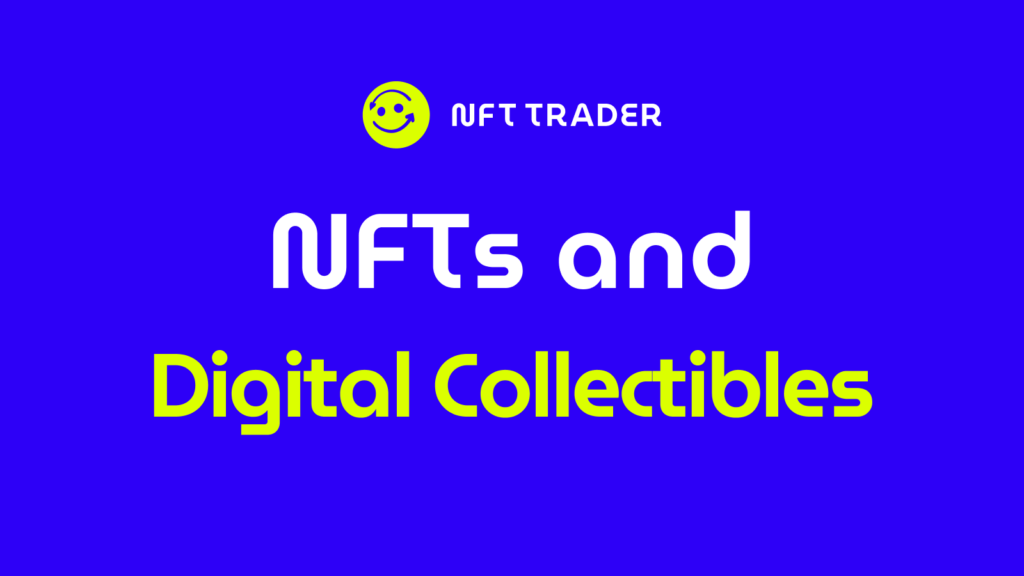NFTの希少性の評価: NFTの希少性要因を確認する方法

summary:
Understanding NFT Rarity
How to Determine NFT Rarity
Understanding the scarcity of NFTs
What is NFT rarity?
NFT scarcity refers to the uniqueness and rarity of a particular non-fungible token (NFT) within a particular collection or series. This revolves around the idea that some NFTs have distinct attributes, qualities, or characteristics that distinguish them from other NFTs within the same collection. These unique features may include limited edition designs, special animations, unusual color schemes, and even specific creation timestamps. The concept of NFT scarcity has a significant impact on the value of NFTs. In the world of digital art and collectibles, scarcity often increases desirability as collectors and investors seek out their NFTs with unique or unique characteristics. Scarcity creates a sense of exclusivity, making such NFTs more coveted within the community. When demand for a rare NFT increases, its value can skyrocket, reflecting the principle of supply and demand. Therefore, the scarcity of NFTs is a fundamental factor in determining the monetary value of these digital assets, as scarcity, uniqueness, and market demand intertwine to form the perceived and actual value of NFTs. .
Factors influencing the scarcity of NFTs
The rarity of an NFT is influenced by a number of factors that contribute to its uniqueness and rarity within a particular collection. First, the total supply of NFTs in the collection plays a pivotal role. The fewer tokens available, the greater the chance of scarcity. Additionally, the presence of limited edition releases such as early mints and limited drops can significantly increase rarity. Certain attributes and characteristics unique to individual NFTs also contribute to scarcity, such as distinct artwork styles, animations, and color schemes. Collaborations with famous artists, celebrities, and creators can further increase the rarity of NFTs by associating them with exclusive partnerships. Furthermore, attributes that are statistically rare, or generated by algorithms that have proven to be rare, can add an additional layer of rarity. An NFT’s historical significance, cultural relevance, and age can also contribute to its scarcity, as older tokens can become harder to find over time. Ultimately, the interaction of these factors in the broader context of collector demand determines scarcity, which in turn influences the value of NFTs in the dynamic landscape of digital collectibles and art.
The importance of scarcity in NFTs
Scarcity is very important in the NFT space and has a significant impact on the dynamics of the NFT market. This acts as the driving force behind the value and demand for a particular token. Scarcity provides a sense of exclusivity and uniqueness, catering to the human tendency to own rare and coveted items. In the NFT space, collectors, investors, and enthusiasts are looking for NFTs that stand out from other NFTs due to limited availability, unique attributes, or unusual features. Masu. This inherent scarcity increases interest and competition, stimulating demand and driving prices higher. The awareness of owning something truly unique, or a token with attributes that few others can claim, contributes to the emotional and psychological value of NFTs. Additionally, scarcity is often a status symbol within the NFT community, further amplifying its desirability. As scarcity becomes intertwined with an NFT’s identity, its market value can rise dramatically, illustrating the complex relationship between scarcity, demand, and value in the vibrant world of NFTs.

How to determine the rarity of an NFT
Metadata analysis
Analyzing metadata is an important practice when assessing the rarity of an NFT, providing insight into its unique attributes and potential rarity. Metadata, which contains all the fundamental information about an NFT, can be a treasure trove of details that contribute to its scarcity. You can identify a token’s position within a collection and its overall uniqueness by examining attributes such as edition number, creation date, and special characteristics embedded in the metadata. Rarity may also be indicated by attributes such as a limited edition tag, specific collaboration details, or the presence of rare attributes generated through an algorithm. Additionally, assessing the historical significance of an NFT and the reputation of its creator can reveal its potential rarity. By carefully digging into metadata, collectors and investors can better understand the rarity of NFTs and make informed decisions about their value and potential future demand in the rapidly evolving NFT market. can.
Rare tools and platforms
Scarcity tools and platforms play a pivotal role in the NFT ecosystem, providing valuable assistance in assessing and understanding the scarcity of digital assets. NFT Rarity Sites and Rarity Ranks are innovative solutions tailored to this purpose. NFT Rarity Site is an online platform that provides users with a comprehensive view of the attributes and rarity factors of NFT collections. These sites often aggregate data from blockchain networks and metadata to provide insights into factors such as edition numbers, characteristics, and historical sales data. Rarity rank, on the other hand, assigns a numerical or categorical value to an NFT based on its uniqueness and rarity within a collection. These ranking systems can help users quickly assess the rarity of an NFT compared to other NFTs, helping collectors and investors make decisions. By leveraging these tools, enthusiasts can make more informed choices and see the potential value and desirability of specific NFTs within the ever-expanding landscape of digital collectibles and art. can.
Verification of reliability
Verifying the authenticity of an NFT is a fundamental step in accurately assessing its true rarity. In the rapidly expanding NFT market, verifying the authenticity of a digital asset is paramount to understanding its scarcity within a collection. Counterfeits and unauthorized copies can dilute the rarity of a particular NFT and can be misleading to collectors and investors. By confirming the authenticity of NFTs through blockchain verification, ownership records, and established markets, individuals can confidently determine the rarity of an asset. Authenticity verification prevents misrepresentation and protects the integrity of rarity ratings, so enthusiasts can make informed decisions and have confidence in their dynamic NFT environment. You will be able to participate.
In a broader context, authenticity verification serves as a safeguard against misrepresentation and manipulation within the NFT environment. By maintaining the integrity of scarcity assessments, authenticity verification plays a vital role in fostering an environment in which collectors and investors can make informed decisions. Armed with accurate scarcity information, enthusiasts can confidently identify NFTs that match their tastes, investment strategies, and aesthetic preferences, allowing them to participate more effectively in the dynamic and ever-evolving NFT ecosystem. .


